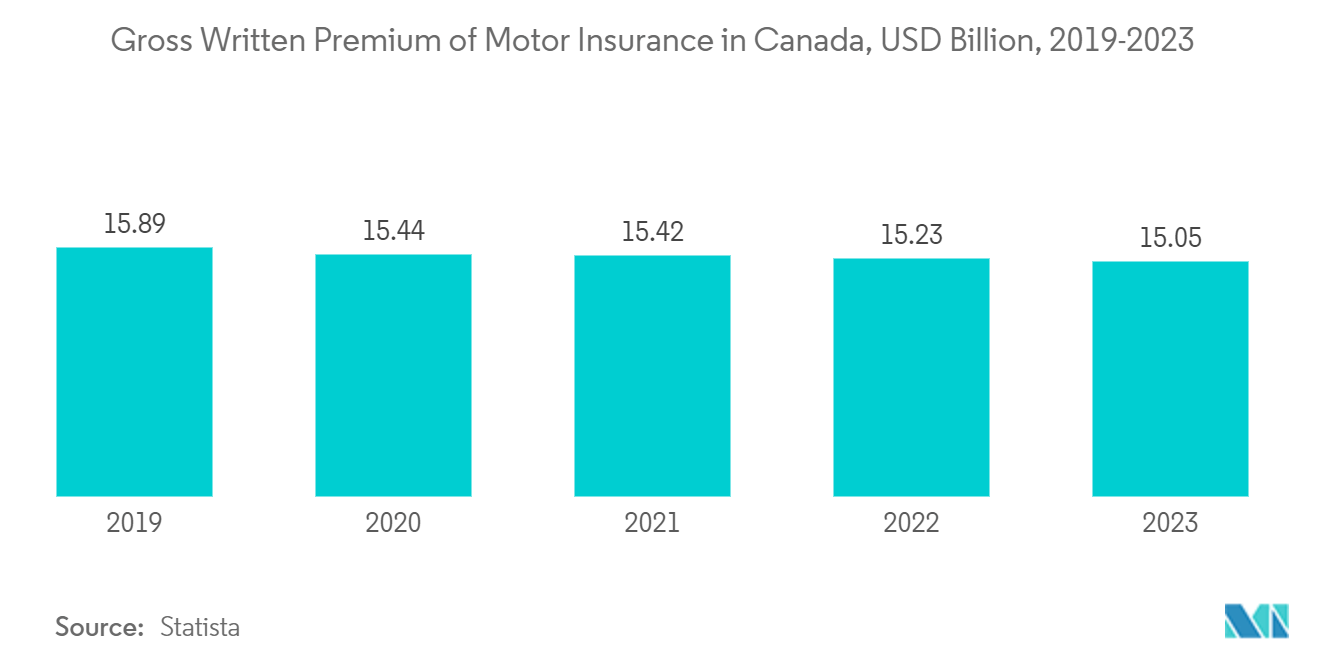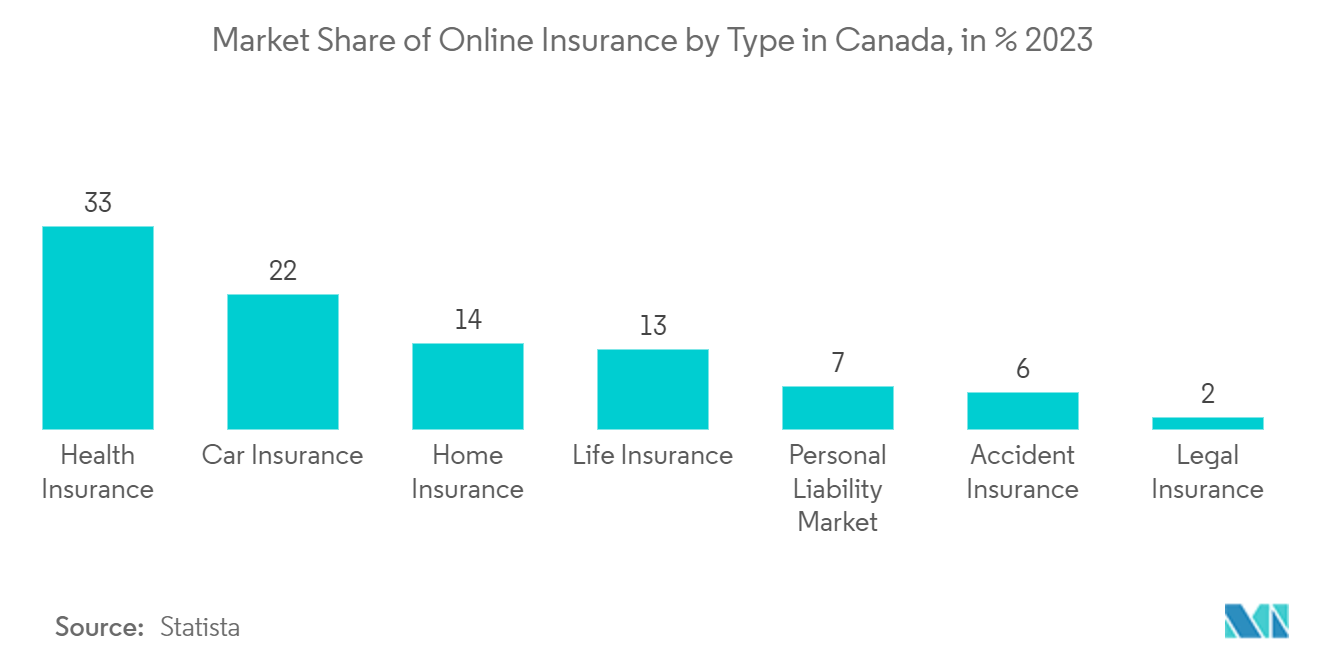Market Trends of Canada Life And Non-Life Insurance Industry
Increasing Demand Motor Insurance Driving the Market
- Motor insurance plays a significant role in both the life and non-life insurance sectors in Canada, influencing market dynamics in several ways. One of the primary drivers of demand for motor insurance is the sheer number of vehicles on Canadian roads. With a population of over 38 million people, Canada has a significant number of drivers who require auto insurance coverage to operate their vehicles legally. This large customer base creates a consistent demand for motor insurance products and services. Furthermore, motor insurance is mandatory in Canada, with each province and territory imposing legal requirements for drivers to maintain a certain minimum coverage level. This compulsory nature of motor insurance ensures a consistent demand for coverage, as drivers must obtain insurance to comply with the law and register their vehicles.
- Economic conditions also play a role in driving demand for motor insurance. As the Canadian economy grows and consumer spending increases, more individuals are purchasing vehicles, leading to an expansion of the insured motor vehicle population. Additionally, economic stability and low unemployment rates contribute to higher vehicle ownership rates, further fueling demand for motor insurance. Overall, the demand for motor insurance in Canada is driven by a combination of factors, including the large population of vehicle owners, mandatory insurance requirements, economic conditions, and demographic trends. As these factors continue to evolve, the motor insurance market in Canada is expected to experience steady growth in the coming years.

Digitalization and Technology Integration Boosting the Market Demand
- In recent years, digitalization and technology integration have significantly impacted the life and non-life insurance market in Canada. Insurance companies in Canada have embraced digital platforms to provide seamless and convenient services to policyholders. Consumers can now easily access insurance products and services through websites and mobile apps. For instance, Manulife's mobile app provides policyholders with easy access to their insurance policies, health benefits, and financial tools, allowing for seamless policy management on the go.
- Moreover, technology integration has played a vital role in streamlining underwriting processes. Insurers now leverage advanced analytics and data-driven models to assess risk profiles more efficiently. Insurers are utilizing data analytics to analyze customer data and personalize insurance offerings. For instance, Sun Life Financial employs predictive analytics to assess customer risks and tailor insurance plans accordingly. This enables insurers to provide more relevant coverage options and pricing structures based on individual customer profiles and behaviors.
- Furthermore, technology has a key role in expanding distribution channels in the insurance market. Insurtech startups in Canada have introduced innovative digital platforms that allow consumers to compare different insurance policies, obtain quotes, and purchase coverage directly online. Additionally, partnerships between traditional insurers and technology companies have enabled insurers to reach a wider audience through digital platforms and online marketplaces.


